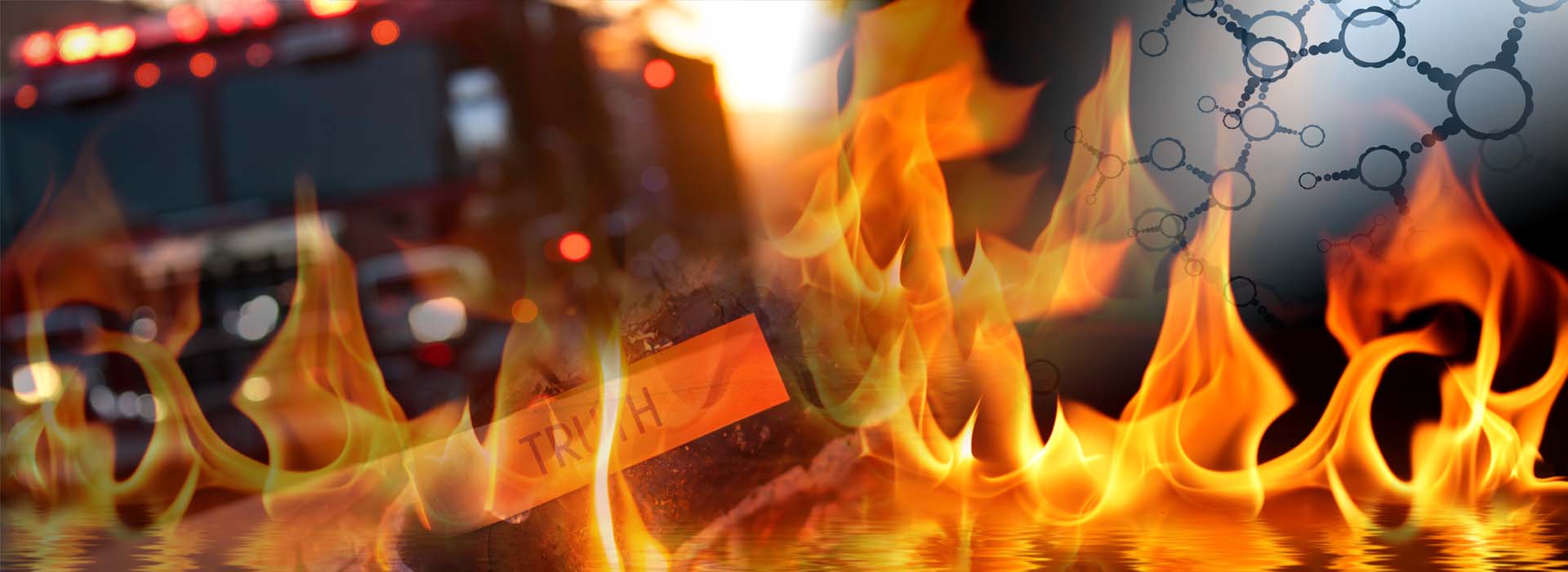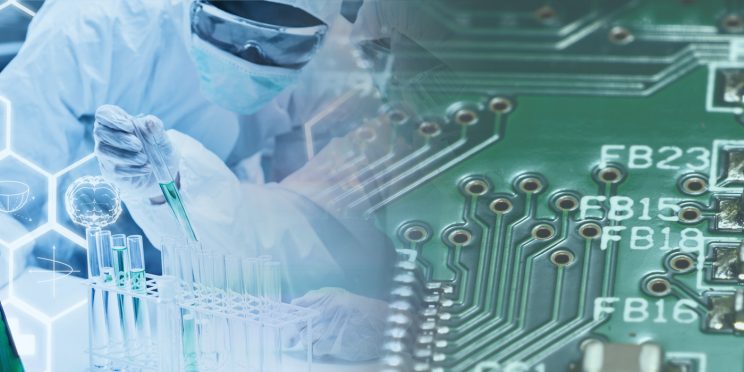Overview
The use of field portable instrumentation, including portable gas chromatography mass spectrometry (GC/MS) and photoionization detection, for on-scene fire debris analysis can allow for more efficient scene processing and a reduction in the amount of evidence sent for confirmatory testing. The Forensic Technology Center of Excellence (FTCOE) has supported multiple projects in this topic area including efforts to evaluate and improve sampling and extraction techniques and evaluation of field portable technologies. Explore all the resources below.
Videos
The Field Application of GC/MS For Fire & Arson Investigations Video Series
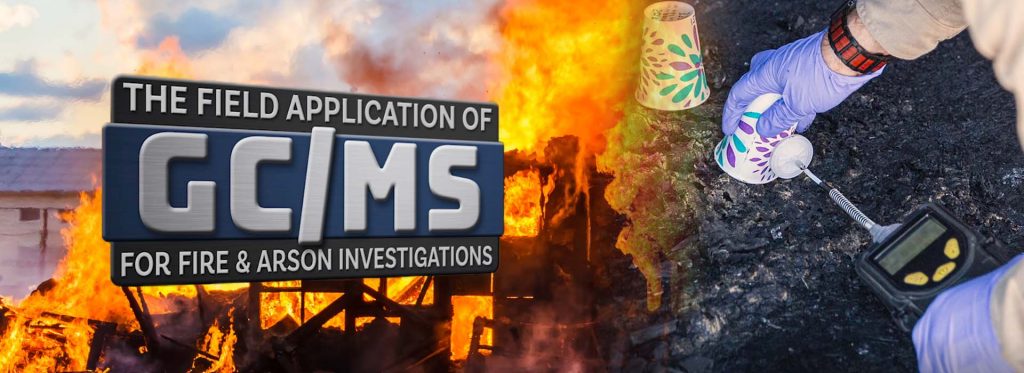
In February 2022, a video series was created to disseminate information related to field-portable technologies for fire/arson investigations. The purpose of this project was to design engaging video vignettes to disseminate results from a complex research project. The project team developed a guidance document that specifically described the process used to capture the key findings and industry take-aways from a research project that tested the application of field-portable technologies to fire/arson investigation. Click here to learn more!
Webinars
Advancing Fire Scene Investigations with Field Portable Technologies
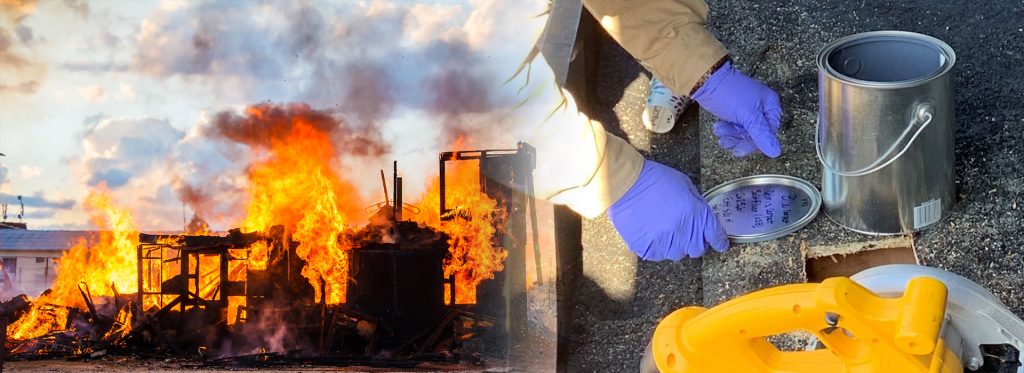
In April 2021, Dr. John DeHaan, Douglas Byron, David Matthew, Rick Jones, and Dr. Ross Harper presented on the application and limitations of technology used for fire investigations. Today’s field-portable GC/MS systems were found to provide lab-quality data for volatile hydrocarbons but the interpretation of that data proved challenging for field operators. Online access to lab experts is essential. Evidence sampling is enhanced with the use of sensitive Photoionization Detectors (PID) as a supplement to canine searches. Click here to learn more!
Reports
Development of an Extraction Technique for Ignitable Liquid Residues (ILR) in the Field using Capillary Microextraction of Volatiles (CMV) and Person-Portable GC-MS

In February 2022, the FTCOE published a technical note, which was an extension of the capillary microextraction of volatiles (CMV) application (M. Torres et al., 2020) by Florida International University, reported by the Forensic Technology Center of Excellence (FTCOE) in April 2020. This technical note details the optimization of a field-sampling protocol originally used with solid phase microextraction (SPME), now adapted for use with the CMV (M. N. Torres & Almirall, 2022). Following the optimization, Florida International University researchers extracted ILRs from simulated fire debris and analyzed the extracted compounds using a portable GC-MS unit. Finally, qualitative sampling researchers conducted at a controlled structural fire for a preliminary field assessment of the sampling protocol and portable unit. Click here to learn more!
Modifications to Capillary Microextraction in Volatiles for the Extraction of Ignitable Liquid Residues
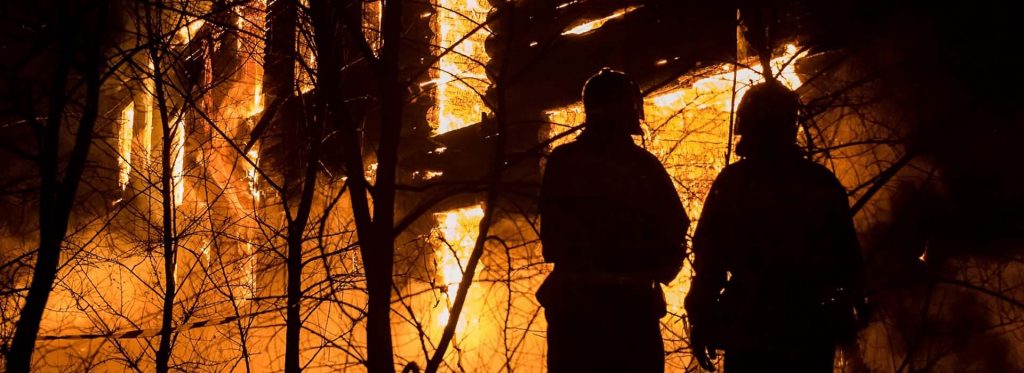
In March 2020, the FTCOE published a technical note summarizing the development and implementation of a novel sampling device (capillary microextraction of volatiles [CMV]) invented in the Almirall research group at Florida International University for ILR extraction as an alternative to current techniques. This report is intended for forensic practitioners who want to better understand newly developed technologies and their use and application to forensic casework. Click here to learn more!
Articles
Evaluation of Capillary Microextraction of Volatiles (CMV) Coupled to a Person-Portable Gas Chromatograph Mass Spectrometer (GC–MS) for the Analysis of Gasoline Residues
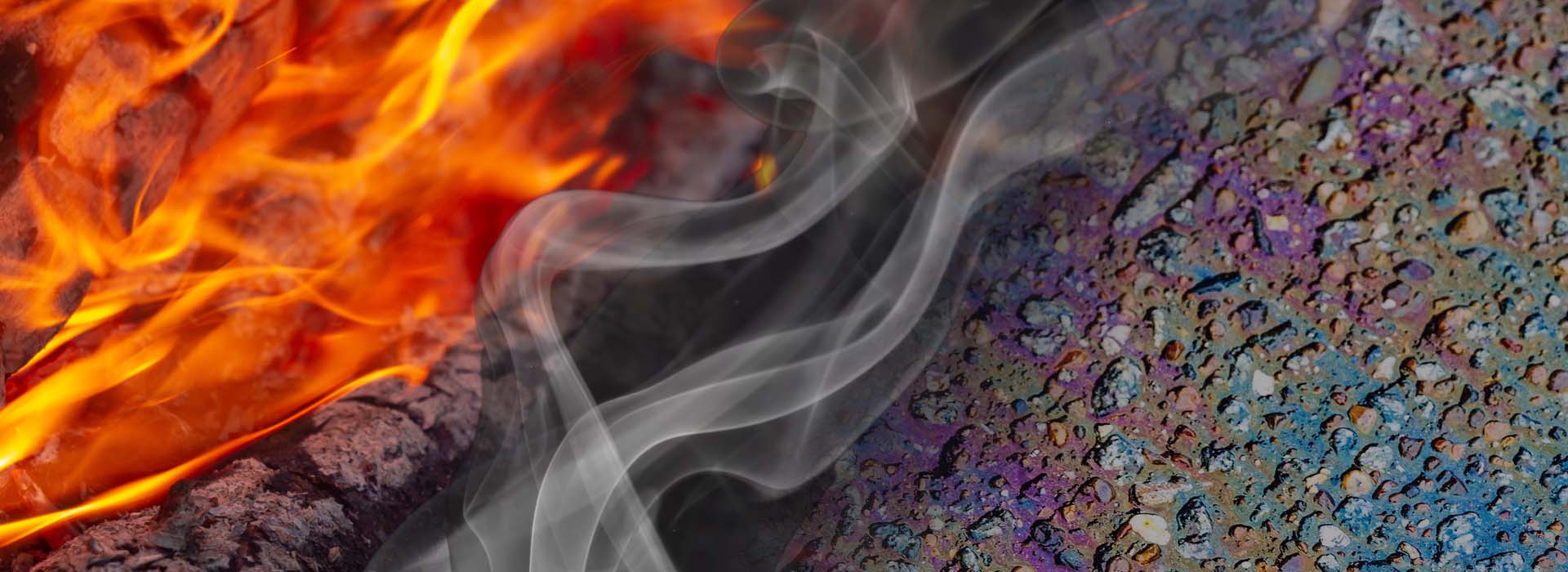
In September 2021, an article by Michelle Torres and José R. Almirall from Florida International University was published in Forensic Chemistry. A novel dynamic headspace extraction device, the capillary microextraction of volatiles (CMV) was coupled to a person-portable GC–MS for the analysis of ignitable liquid residues (ILR) sampled from simulated fire debris. A benchtop GC–MS was used as a benchmark for the performance of the portable GC–MS. Click here to learn more!
Comparison of Portable and Benchtop GC–MS Coupled to Capillary Microextraction of Volatiles for the Extraction and Analysis of Ignitable Liquid Residues
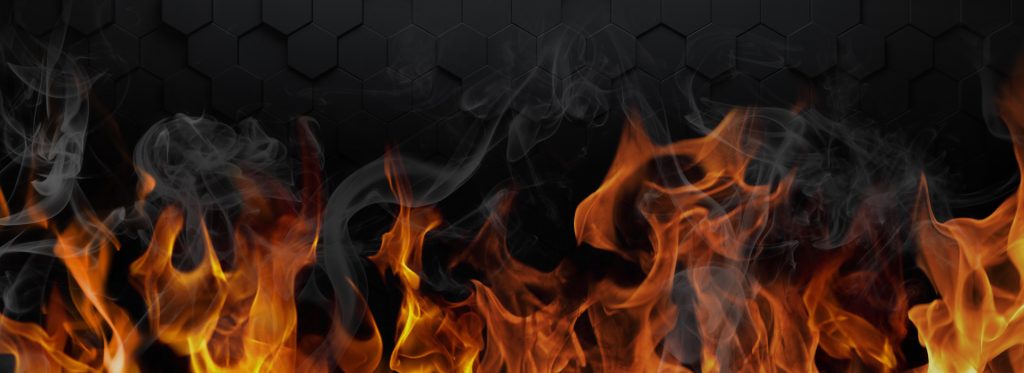
In June 2020, an article from Michelle Torres, Nicole Valdes, and Jose Almirall from the Florida International University was published in Forensic Chemistry. A novel extraction device, capillary microextraction of volatiles (CMV) was coupled to a TRIDION-9 GC–MS with a needle trap (NTD) and evaluated for the analysis of ignitable liquids fire debris. The performance of the TRIDION-9 was compared to a benchtop GC–MS using CMV. Click here to learn more!
Funding for these Forensic Technology Center of Excellence resources was provided by the National Institute of Justice, Office of Justice Programs, U.S. Department of Justice.
The opinions, findings, and conclusions or recommendations expressed in these resources are those of the author(s)/presenter(s) and do not necessarily reflect those of the U.S. Department of Justice.
Contact us at ForensicCOE@rti.org with any questions and subscribe to our newsletter for notifications.

